Description
Constant Purple Blooms from a Maintenance-free Plant
Also known as the Mexican Petunia, the Ruellia Brittoniana consistently rewards you with showy purple flowers. Its petunia-like blooms each last only a day, but the cycle continues without pause. You’ll always have flowers.
Resembling a cross between an ornamental grass and a flowering shrub, this hardy favorite is easy to grow. Great for border areas, it can grow as tall as 4 feet in full sun to partial shade. You’ll find it is much loved by butterflies and bees.
The Mexican Petunia is a native plant from Mexico, and even though it is named petunia, it is an evergreen perennial. The plant is trendy because of its purple flowers, and its flowers attract a lot of attention from butterflies, hummingbirds, and bees. The plant’s scientific name is Ruellia brittoniana, and it has a fast growth as compared to the other plants.
Caring for your Mexican Petunia
The Mexican Petunia is a very friendly plant; you can easily grow it wherever you like. They are very tolerant to conditions such as droughts, flooding, humidity, and heat, and you can also plant them in dry areas. If you take notice of specific care tips, your plant will bloom quickly!
Light
When it comes to light requirements, the Ruellia tweediana loves sunlight directly from the sun. You don’t need to hide it; let them be out in the sun, and the plant will thrive. However, if you cannot keep it in the direct sun, then do not worry, as the plant can grow pretty well even if there is shade and it does not receive direct sunlight. But, the lack of direct sunlight may affect the growth of flowers.
These plants, if grown in the shade, will have green stems, but if they receive direct sunlight, they will have purple stems.
Soil
The Ruellia brittoniana is not very picky when it comes to soil, and you can grow it in any type of soil you like. However, to ensure that they grow to their full potential, you must use well-draining rich soil. Make sure that the pH levels of the soil are on the neutral to acidic spectrum.
Water
The Mexican petunia is unharmed by water inconsistencies. They can stay healthy even if you do not water them for a long time or if you keep watering them regularly. They are resistant to floods and droughts. However, if the plant is in its growing state, then you need to make sure that the soil is moist. You can test the soil’s moisture by using your fingers and putting them into the soil. Only water the plant once you are entirely sure that the soil is beginning to dry out. It is the winter, do not regularly water the soil and only water it when the soil is parched.
Fertilizer
The plant is fine on its own, and it does not require a lot of fertilizer, even in its growing stage. It is best to skip the fertilizer as that will not contribute much to the soil or the plant’s growth.
Common Issues
The Mexican bluebell is a resilient plant, and there are not many commonly found issues. These are unaffected by high temperatures and conditions such as floods or droughts. However, it is best to be extra careful with the plants to prevent any possible damage.
Pests
The Ruellia brittoniana is not usually affected by pests, and you don’t have to worry about insects harming it. On the other hand, it may attract hummingbirds and butterflies, and however, they will not cause much damage to your plant.
Disease
One of the most common diseases for the Mexican bluebell is brown leaves. It usually happens when your plant is in freezing weather, and this causes significant damage to it. This will cause your plant to have brown leaves; to save it, you may need to place it in a warmer area. It is best to remove the damaged leaves to give way to new leaves.
Pruning
If you want your Mexican petunias to bloom, then you must prune them. The plant gives purple flowers to encourage further flower production; you can prune the plant after it has bloomed. To do that, you must cut through the flowering stems so there can be some new growth.
Propagation
You can use stem cuttings or the rhizome division to propagate these plants. If you propagate it using cuttings, use sharp snips and put them in well-draining potting soil.
You can also propagate the plant using seeds. Keeping the seeds in moist potting soil and putting it in a warm area will help you bloom them.
Potting / Repotting
The Mexican bluebell grows rapidly, and you may have to re-pot it every once in a while. It is always best to choose a pot that is 2 inches larger. To re-pot it, you must be very gentle and remove the plant from its existing pot to keep it in the new pot. The pot should be complete with well-draining soil, and make sure that the roots are buried as further down the soil as they were before.

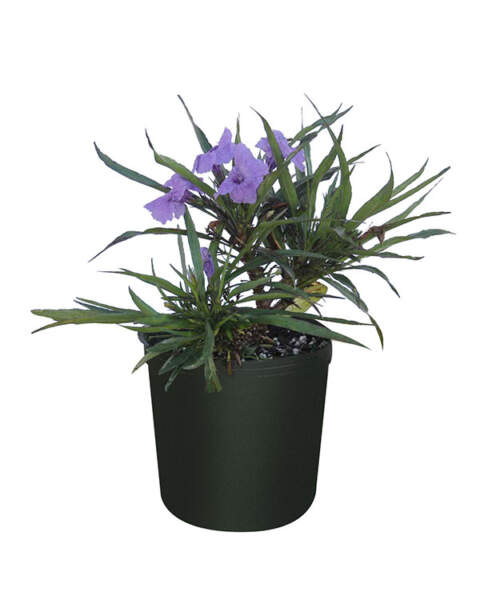
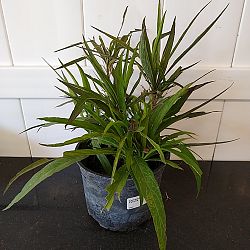
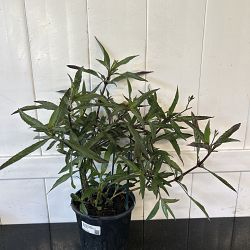

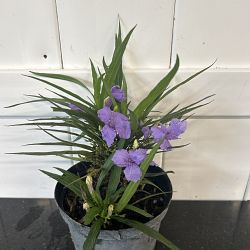




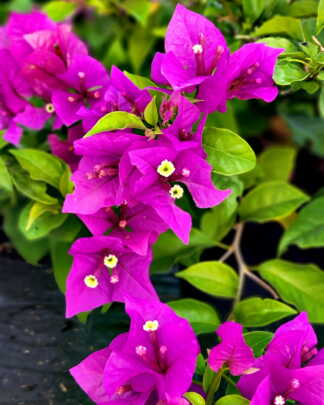




Susan Tripp (verified owner) –
Wow!! I’m so impressed with my first purchase! Kept me informed through every step! The plant arrived safely as it was very carefully packaged! I will be a repeat customer!
Verified Buyer (verified owner) –
The plant arrived healthy with a bloom on it. It was well packaged and soil was still moist despite its several day trek. Love it! Can’t wait to plant it!
Shannon N. (verified owner) –
Hoping they improve once acclimated. Came in kind of rough1
Betty Terrell (verified owner) –